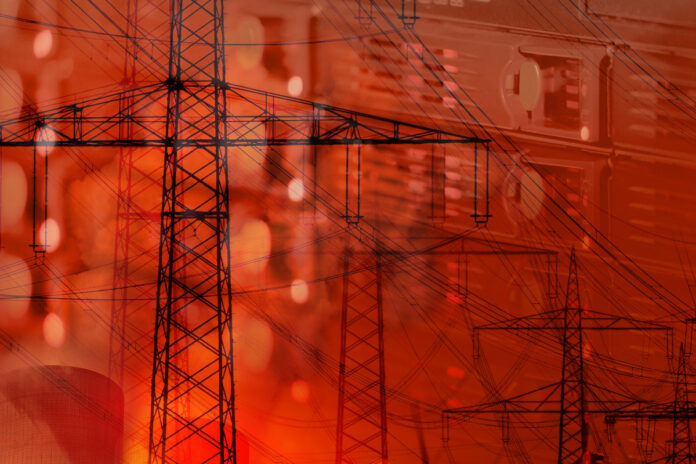Data centres are emerging as key players in the evolution of smart grids, as global investment in transmission systems surges toward $573.7 billion by 2030.
That’s according to GlobalData’s latest report, which expects data centre facilities to become central to grid stability, flexibility markets, and renewable integration as utilities modernise infrastructure and deploy AI-driven technologies.
Rehaan Shiledar, Power Analyst at GlobalData, commented, “Data centres are playing a crucial role in the functioning and evolution of smart grids, primarily due to their significant energy demands and the integration of advanced technologies. They deliver essential data processing and storage functions to oversee energy distribution, incorporate renewable sources, enable AI-powered grid automation, and contribute to grid services such as frequency regulation.”
Technologies such as microgrids, energy storage systems, and grid-interactive uninterruptible power supplies (UPS) will allow operators to refine consumption, increase carbon accountability, and provide stabilising services to transmission networks. Programmes like DCFlex are already linking data centres with grid operations to deliver dispatchable demand response, while advanced facilities can offer bidirectional power flows in emergencies using on-site storage and UPS.
Smart grid growth accelerates
Global transmission investment reached $343.2 billion in 2024, according to GlobalData, and is projected to grow at a 9.2% compound annual rate to $573.7 billion by 2030. The ramp-up is driven by renewable integration, grid resilience programmes, and the adoption of smart meters, AI and IoT. For data centre operators, this spend underpins the reliable, low-carbon supply required for future expansion.
But data centres will have more of a role going forward, with smart grid technologies increasingly being trialled with data centres in mind. In the UK, National Grid recently partnered with Emerald AI to test software that acts as a ‘smart mediator’ between a data centre and the transmission network, helping to manage demand in real time. Globally, utilities such as Duke Energy, Xcel Energy and E.ON are applying AI and machine learning for predictive maintenance and fleet management, reducing outages and improving system efficiency.
Shiledar added, “Smart grid solutions will give utilities and large energy consumers the tools needed to transform how electricity is generated, delivered and consumed. The deployment of AI, big data, and blockchain is leading toward enhanced grid management.”
For the data centre industry, the implication is clear: facilities will no longer be seen as passive energy consumers. As investment in transmission and grid intelligence grows, data centres will be expected to operate as active participants in energy markets, balancing demand, aiding renewable integration, and strengthening resilience across power networks.



